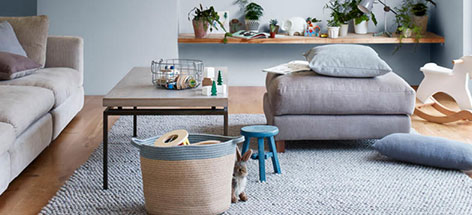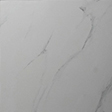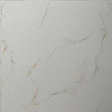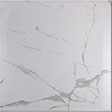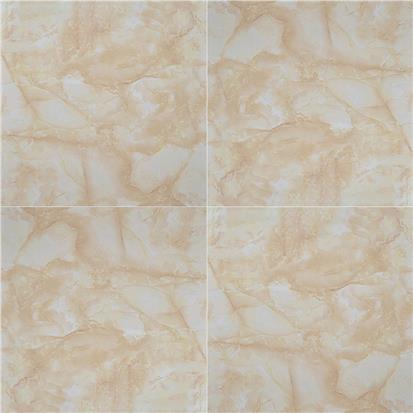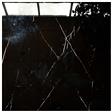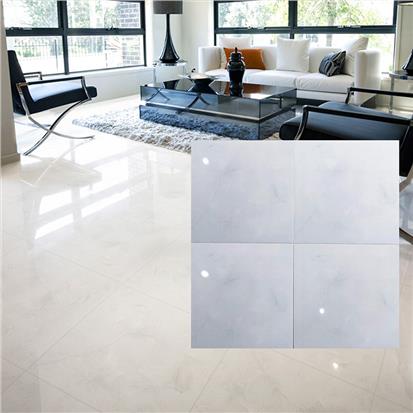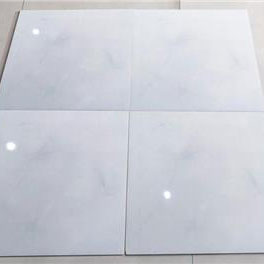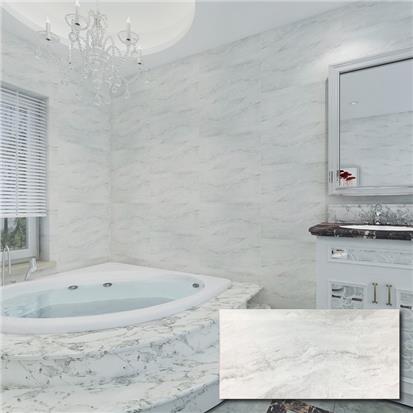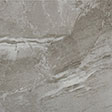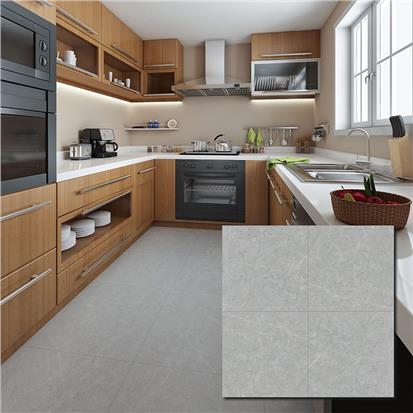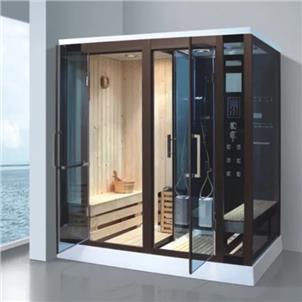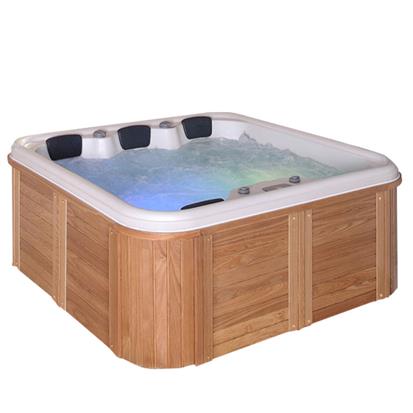Whether you're starting from the ground up or looking to make a couple of small but significant changes to your existing home, these 6 interior design rules will guide you to get it right every time. Read on and you'll learn how to combine your decor elements, how to position them, how to make your space cohesive and much more.
Why Should You Follow Interior Design Rules When Remodling A Space?
Interior principles are a crusial part of creating a great design. When you know the basic interior design principles, you can transform any space to look and feel fabulous and unique, you can feel how everything feels cohesive, you can feel how everything works in unity!
Top 6 Best Interior Design Rules To Follow When Decorating Your Home
Here are basic interior design rules to help you create your own dream home.
1. Rule Of Three
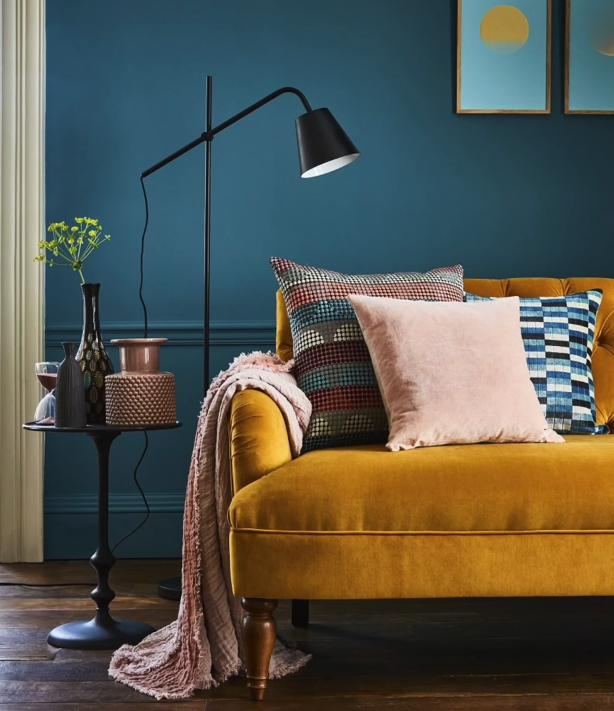
This guideline consists of arranging or grouping items in odd numbers. Things arrange in odd numbers are more visually appealing to the human eye, they look more dynamic and interesting that items group in even numbers. It sounds very good in theory but how can we apply the rule of three in our space? By grouping three similar objects on your credenza coffee table or open shelving, the objects can be similar in colors but must be different in shape or size to create contrast. You can follow this rule when combining different patterns or textures with similar colors, for example when combining pillows or by hanging three panel lamps over a kitchen island or dining table, you can use it when selecting your color palette. 60/30/10 rule, a rule of three applied in color palettes, it consists of using a dominant color a secondary one and another as an accent. The rule can apply to furniture arrangements as well, for instance, you might have two chairs with a floor lamp, the lamp will serve to break up the symmetry making the composition more dynamic and balanced. If you have a big space to feel, you can apply this rule by using 5 elements instead of three. The best part about this rule is that you don't need to go shopping for new stuff, just look around and cleverly use what you have at home.
2. Height Variation

Never put items of the same height next to each other, one of the best titling tricks is playing with different scales. We don't want all the same height but when pairing different sized elements, avoid combining super tall pieces and tiny ones. You need to think about how the elements are proportional to each other. A good tip is to divide the height of the tallest piece into three parts and ensure the other elements are around one-third or two-thirds its height. So look at your credenza coffee table console or shelves, if you feel there is something wrong and unbalanced, try to rearrange the items, taking into account their heights and the proportion between each other. If your items are very different in height, play with horizontal elements such as books, trays or boxes to raise the smaller item to reach the perfect proportion.
3. The Triangle Method
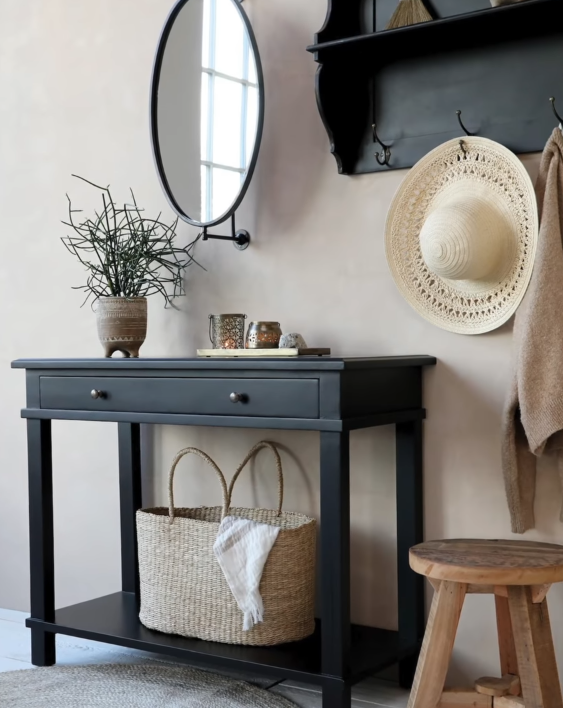
This rule consists of separating similar objects by their shape color or texture creating a triangle. This rule is very useful when decorating display cabinets bookcases or open shelvings, this trick will make your brain group the objects by their similarity creating a balanced and cohesive décor. For example you can use a warm natural texture in a vase, a basket and then a decor item, your brain will group these items by their texture telling your mind that those individual pieces are part of a whole composition. This is how you achieve a cohesive look.
4. Volume, Light, and Depth
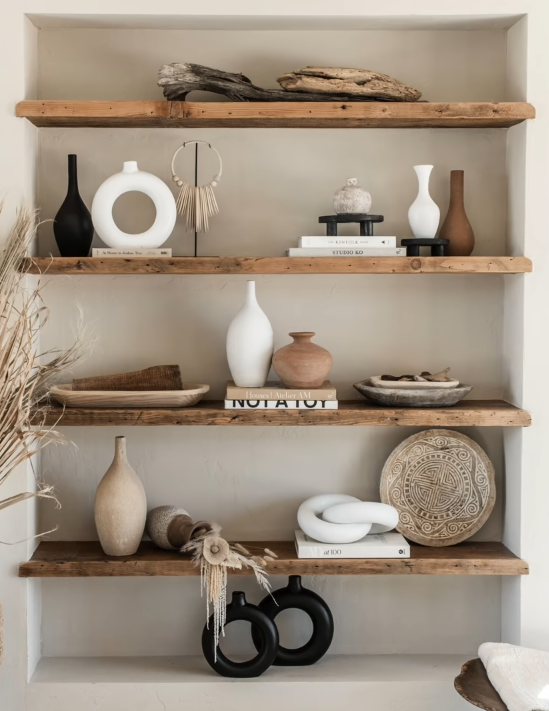
When designing a new space, it is critical to pay attention to the three elements of volume, light, and depth. While these elements may appear to be abstract and difficult to manipulate, they can make a significant difference when selecting furniture for a room's design. Choosing oversized windows and doors allows you to experiment with the amount of light coming in. Depth can be achieved through the use of the appropriate pieces of furniture, such as a small and low couch that draws attention to a prominent window. The lighting in a space is also heavily influenced by the furniture that is chosen. A room's lighting can be moved around the room by using light colors such as glass, chrome, and marble.
5. Opposites Attracts

The next step is on texture when placing two items near each other, the easy way to play with texture is to think opposites. For example, if you are setting the coffee table, console credenza or bookshelf, if you have something in a matte finish, don't place another item beside it with the same finish instead place something high gloss a shiny metal or an element with a rustic feel. The good thing about this rule is that it can be applied in your entire home from your sofa to a table setting. Here are some ideas on how to use this rule at home:
- You can play with different texture fabrics when installizing your sofa for your dining table setting.
- You can combine even tablecloth with something more formal like golden flatware.
- You can decorate a black matte console with rustic bases and lamps or with baskets made of organic materials under the console.
The two opposites will work very well together, the rule of opposite textures is particularly beneficial when decorating a space with a neutral color scheme because it's a perfect way to create contrast in a room with similar colors. The different textures will be the perfect elements that will add interest and depth to the room.
6. Negative Spaces
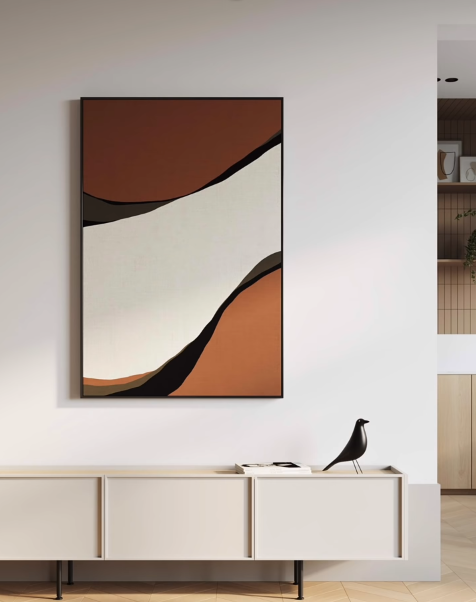
One of the most common mistakes when decorating a home is to have too many things. Avoid filling your home with too much information and different pieces. To achieve this, you must follow the negative space rule. Negative space in interior design is the empty space between two pieces of furniture or décor items. It allows the room to breathe, it allows the objects to be showcased. Negative spaces have the ability to eliminate distraction from the focal point and serve to create perfectly balanced interiors. Here are some easy ways how you can follow this rule:
- Leave empty space when decorating a bookshelf console or coffee table, it's not necessary to feel all the spaces, leave space to wrist the eyes.
- Don't fill your living room with too much furniture, leave an empty space to let the eyes rest and to create flow throughout the room.
- Don't clutter your wall with artwork, leave empty space on your walls, use strategically placed artwork to create focal points.
 EN
EN FR
FR PT
PT AR
AR
